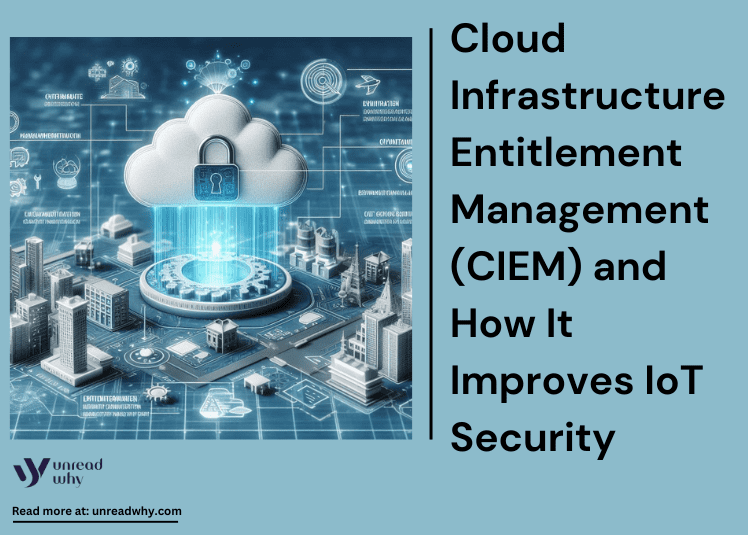Cloud Infrastructure Entitlement Management
Cloud Infrastructure Entitlement Management (CIEM) solutions have been employed by Informational Technology (IT) and Security businesses to maintain identities and access privileges in multi-cloud and cloud infrastructure. With the growing acceptance of multi-cloud and public cloud users there is a significant upsurge in the need and requirements for consistent cross-platform management.
The CIEM can be employed for protecting “Internet of Things” IoT networks to defend against malicious attacks, data branches and different sorts of cybersecurity issues. Likewise, with this solution, security teams are able to manage cloud identities besides enforcing the principle of least privilege access to resources and cloud infrastructure. This way, companies that rely on IoT for data transfer and store data in facilitative cloud storage could effectively mitigate security risks.
Main Components of Cloud Infrastructure Entitlement Management
Companies that are dealing with large volumes of data depend upon cloud technologies to store and retrieve information, and thereby, in such cases, utilizing CIEM could be effective about enhancing visibility and simplifying analysis, which has also helped companies protect their confidential data effectively. In general, CIEM has three major components such as “Identity Governance,” “Centralized Management,” and “Security rules and policies”.
Identity governance can eliminate entitlement risks, which are also applied to different cloud units, making it easier to visualize the level of access to cloud components at any specified time. Likewise, this major component of CIEM provides visibility into multi-cloud domains using automated scanning to evaluate rules and control policies besides providing comprehensive detail about what entitlements are in place and according to which cloud entities can evaluate each cloud resource.
After initial identification of an entitlement, CIEM governs whether the access privileges a cloud entity has approved are, in general, least required for attaining their proposed objectives. Whenever the entitlement provides different access to the system, “Cloud Infrastructure Entitlement Management” could alert cloud administrators, which helps them to address the problem promptly by modifying entitlements automatically.
On the other hand, “Centralized Management” facilitates security teams’ effective utilization of cloud infrastructure entitlement to manage cloud environments, which are separated into two segments: one is single, and another is multi-cloud. This also helps detect anomalies, which is vital for improving operational efficiency.
Similarly, security policies and rules force companies to manage certain obligatory boundaries while using CIEM to prevent vulnerabilities, which are often brought about due to privileging. The key components of CIEM, which are described above, are also used for managing cloud entitlement applications along with connected devices that need access to databases and applications, such as the “Internet of Things” IoT devices. This also facilitates the enforcement of granulated access controls that prevent and access illegal data sharing.
How does CIEM improve IoT Security?
In modern times, companies depend on data and information to make informed business decisions. These trends have given rise to adopting cloud technologies, which are often connected via the “Internet of Things” IoT. As a result, companies can track logistics operations, which improves operational efficacy effectively. However, IoT devices are often vulnerable to cyber-attacks and data theft, hurting business confidentiality. This could be eradicated by using CIEM, which is key in the cloud and multi-cloud infrastructure and could simplify the efficient management of the IoT ecosystem by enforcing granular access controls that effectively prevent unauthorized data sharing.
By streamlining the management of cloud entitlements and identities, CIEM could assist organizations in optimizing their clouded security along with subsequent IoT networks by enforcing privilege access management policies. This approach, over time, reduces operational complexities and also helps organizations to stay vigilant regarding unauthorized access and data theft-related concerns, ensuring safety within deviances and databases which are connected via IoT networks.


